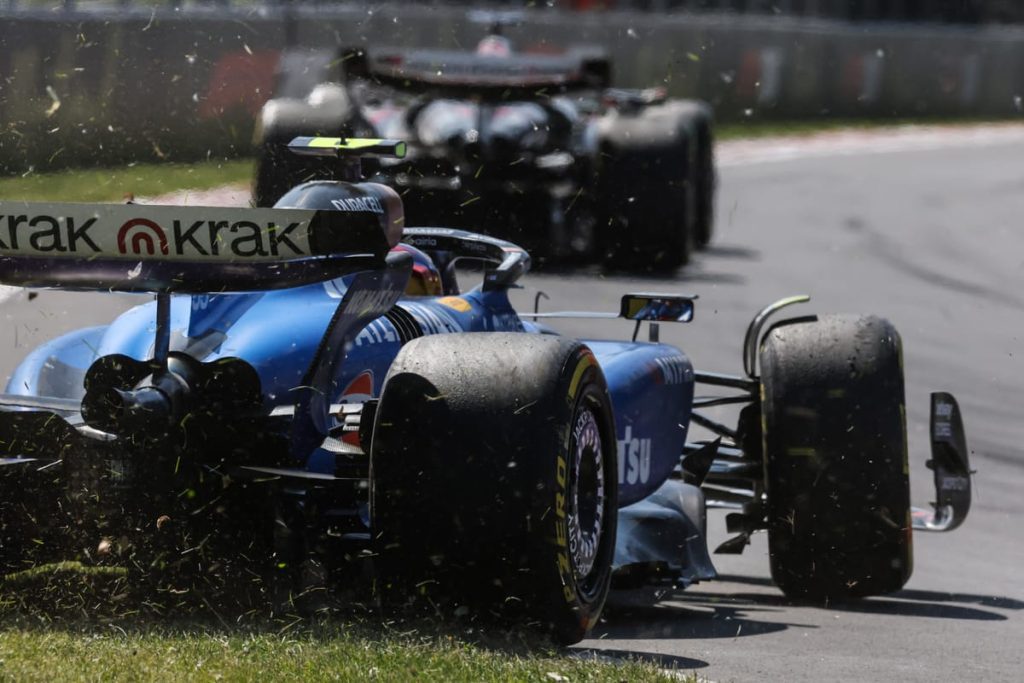Williams’ recent success of finishing ahead of at least one Ferrari in consecutive Formula 1 races just a month ago highlighted its progress and established it as the leading team in the midfield. However, in the three races that have followed, the team has only managed to secure four points, tying it for the lowest score among all teams, alongside Alpine, and trailing behind the struggling Aston Martin, Racing Bulls, and Haas.
Points in the Last Three Races
Racing Bulls: 18
Sauber: 14
Haas: 8
Aston Martin: 8
Alpine: 4
Williams: 4
This unexpected decline appears surprising, especially since Williams had indicated during its strong performances in Miami and Imola that it did not expect to maintain such form indefinitely due to a strategic development decision. The team opted to pivot early towards focusing on its 2026 car as new technical regulations are set to be implemented. This strategy recognized potential sacrifices in achieving a top-five position in the Constructors’ Championship for 2025, prioritizing a foundation for future seasons instead.
As a result, one could argue that Williams is beginning to experience the consequences of this approach. This assumption is reinforced by drivers Carlos Sainz and Alex Albon witnessing upgrades from direct competitors in recent races. Aston Martin’s significant updates at Imola transformed its competitiveness, while Sauber quickly became a point scorer with new upgrades during the Spanish Grand Prix.
Despite acknowledging that competitors are advancing with upgrades, Sainz pointed out that it complicates their ability to score points. Yet, it’s essential to note that Williams’ performance decline isn’t solely due to a lack of competitiveness. The midfield is increasingly tight-knit, as initial underperformers are raising the overall competition level. Williams had its vulnerabilities exposed, as seen in Bahrain when both drivers struggled to perform effectively.
In recent races, Williams has faced various issues that have affected its performance. For instance, in Monaco, both cars were consistently in the top 10 until an unexpected tire preparation issue during qualifying led to a disappointing race result. Similar frustrating scenarios occurred in Spain and Canada, where both drivers’ races were hampered by different misfortunes, potentially costing them valuable points. The team has recognized the need for improved execution during race weekends to maximize their performance and capitalize on their qualifying and racing pace.
The Fight for Fifth
5th: Williams – 55
6th: Haas – 28
7th: Racing Bulls – 28
8th: Aston Martin – 22
9th: Sauber – 20
10th: Alpine – 11
Despite the recent slump, Williams still holds a solid championship position and has the capability to strengthen it further. However, as seen last year with Haas, an unexpected surge from competitors can alter the standings dramatically, emphasizing that it’s premature to dismiss anyone in the midfield at this stage. Williams can only control its performance, and the team has transitioned from performing above expectations to experiencing setbacks.
This fluctuation could be advantageous, suggesting that a swift recovery is feasible, indicating that the strategic focus on future developments has not yet hindered the team significantly. Nevertheless, Williams must be cautious, as missed opportunities may prove costly in the ongoing competition for points and could impact their standing in the midfield battle moving forward.



